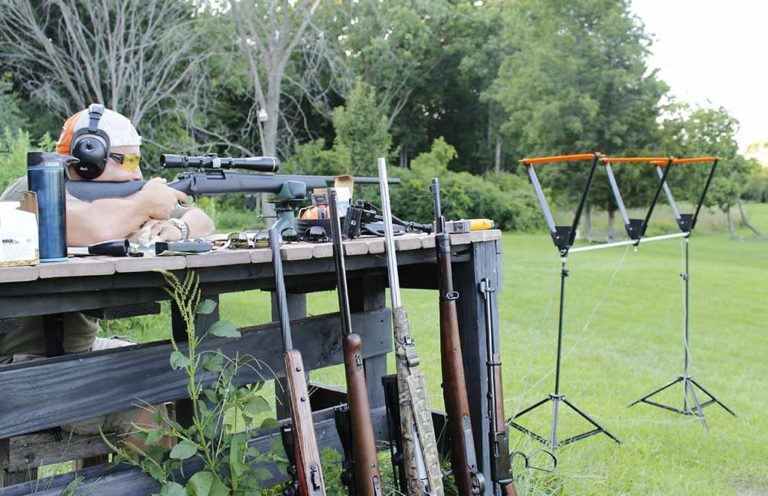
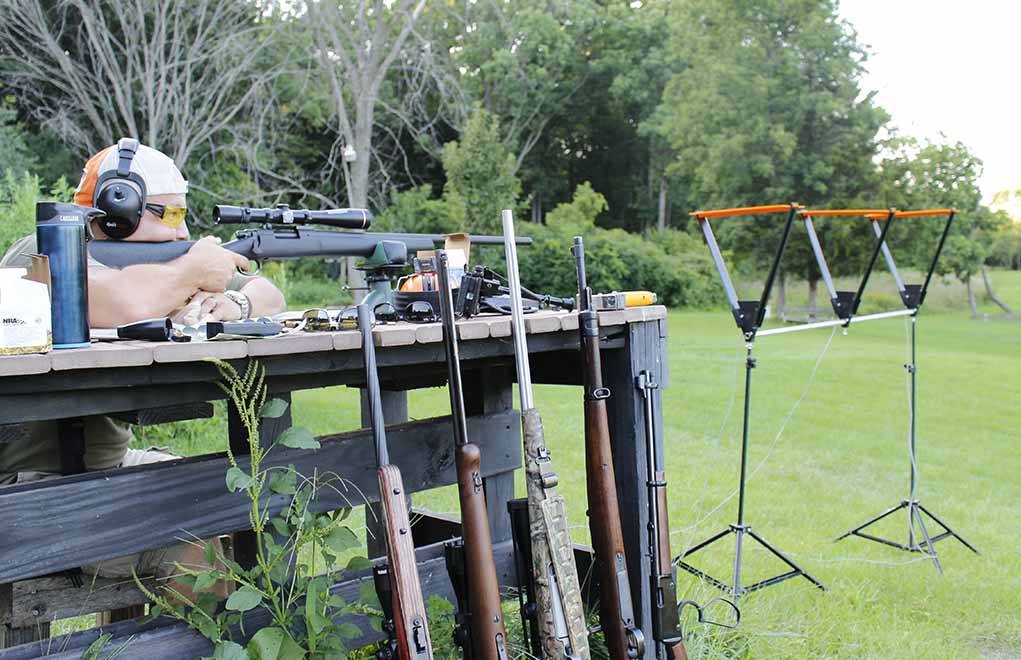
Even the everyday shooter benefits from having a chronograph in their kit.
There’s a fine line for gun gear. Too much, and you end up with bipods, slings and what-have-you moldering away in some closet or on some shelf. Too little, and you run the risk of limiting your potential as a marksman. Yes, you really might need to upgrade that 30-year-old hunting scope, even as patinaed as it is in nostalgia. It’ll make a difference.
One of those bits of equipment riding the line of “Do I, or don’t I need it?” is the chronograph. It was an easy answer at one time. A couple of decades ago, the price was such that only diehard shooters, reloaders and wildcatters would pay for the brass tacks of bullet velocities. That’s not the case any longer.
Certainly, you can break the bank with a top-shelf model if you must. However, there are plenty in your price range—even if that’s modest—if you’re willing to do some shopping. And you’ll be glad you did.
No mere novelties, chronographs have the potential to make you a better marksman. The best part of it is that you don’t really need to set your sights on a country mile to get the most out of the device. They’ll get you on target more precisely, consistently and effectively, even at modest ranges.
Building a Complete Picture
What the side of the ammo box or the reloading manual says is close enough … except when it isn’t. Given that those numbers were produced in the bowels of some company’s ballistics laboratory and under much more sterile and different conditions than you’re dealing with, they’re a ballpark at best—and, in many circumstances, a large ballpark.
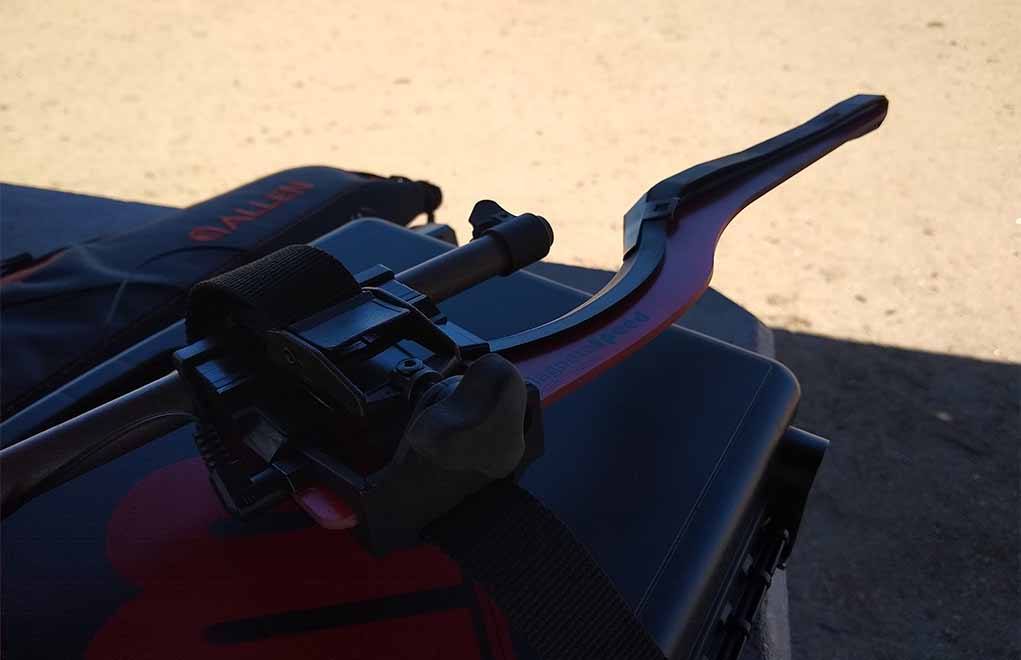
Here’s a case in point: the PMC Bronze ammo I used to test some chronographs for this article. The company lists the 55-grain FMJ-BT loads at 3,200 fps. But across two chronographs out of an 18.5-inch-barreled Ruger Mini 14, they averaged closer to 2,840 fps—360 fps slower. To put this in context, that represents around 10 inches difference in bullet drop at a pedestrian 400 yards out.
I’m not cynical enough to believe that PMC completely threw a curve with its data. It’s just that the company recorded it under much different circumstances than my own. For one, according to PMC’s specs, a 24-inch-barreled rifle was used. That makes a difference. Furthermore, the company probably utilized ammo that was brand-spanking new and right off the line. In contrast, the box I tested was a bit, shall we say, vintage.
Nevertheless, this simple example shows how important it is to generate your own data. You’d drop an awful lot in the dirt before you’d get dialed in, even at ranges almost every hunter and shooter encounters. The same goes for reloading data. And this isn’t purely confined to long guns and long-range.
Get More Gun Tech:
- Hornady A-Tip: The Aluminum-Tip Bullet Advantage
- How To Buy A Suppressor
- Far Out Optics: 5 Range-Finding Binoculars That Go The Distance
- Red Dot Optics And MOA
- Top 19 Firearms Accessories (2019)
There is one primary variable that determines if a modern, hollow-point bullet functions (that is, expands). You guessed it: velocity. Sure, at 980 fps, that highly engineered +P .38 Special self-defense ammunition lives up to its billing—and maybe then some. But if you’re only able to achieve that result out of a 6-inch-barreled revolver, not your EDC snubby, the advertised velocity might not mean squat. You might as well shoot wadcutters and save some money.
Testing Chronograph Options
All right, your interest is piqued. But where do you go from here? More to the point: Which chronograph is right for you? As you might have guessed, it depends.
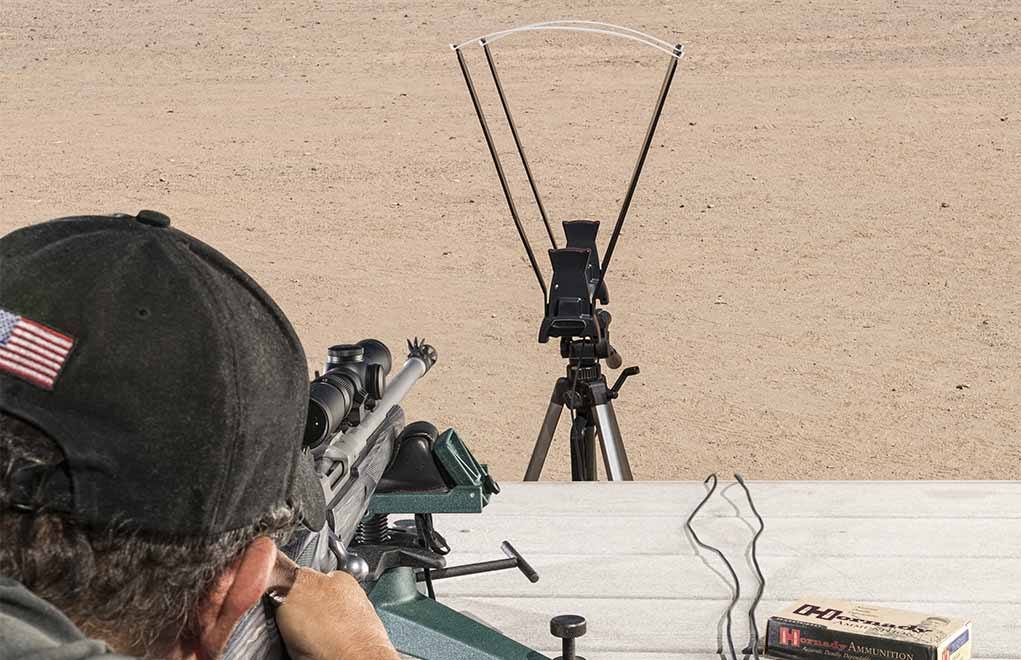
I have primarily used two chronographs that represent both ends of the spectrum for the device in style, cost and precision.
At the top-shelf end of things is the MagnetoSpeed V3 Barrel-Mounted Chronograph, which has an MSRP of around $400—and (full disclosure), the company supplied it. At the other end of things is my Caldwell Ballistic Precision Chronograph, for which I spent around $80 of my own hard-earned cash. There are some outliers on either end, but the vast majority of these devices lies in between these prices.
For the most part, both units perform well and with precision. For this column, I tested three different .223 Remington/5.56 NATO rounds, 10 each, simultaneously over both chronographs and found a strikingly small difference between their data.
The average difference in the recorded velocities was 14.6 fps—in other words: minuscule. Interestingly, the Ballistic Precision unit tended to record higher velocities. Regardless, I am comfortable with the data each provided.
That said, I tend to trust the V3’s readings more, given how it measures velocity; that is, via electromagnetic fields. Why is this important? Outside of a solar or lightning storm, the device is less susceptible to environmental conditions—the bane of optical chronographs. To boot, it also gives you a true muzzle velocity, because it mounts directly to your gun’s barrel, handguard or frame. (As a side note, if you’re stuck with indoor ranges, it’s also handier. Most of these establishments frown upon calling a cease-fire to accommodate someone setting up a chrony.)
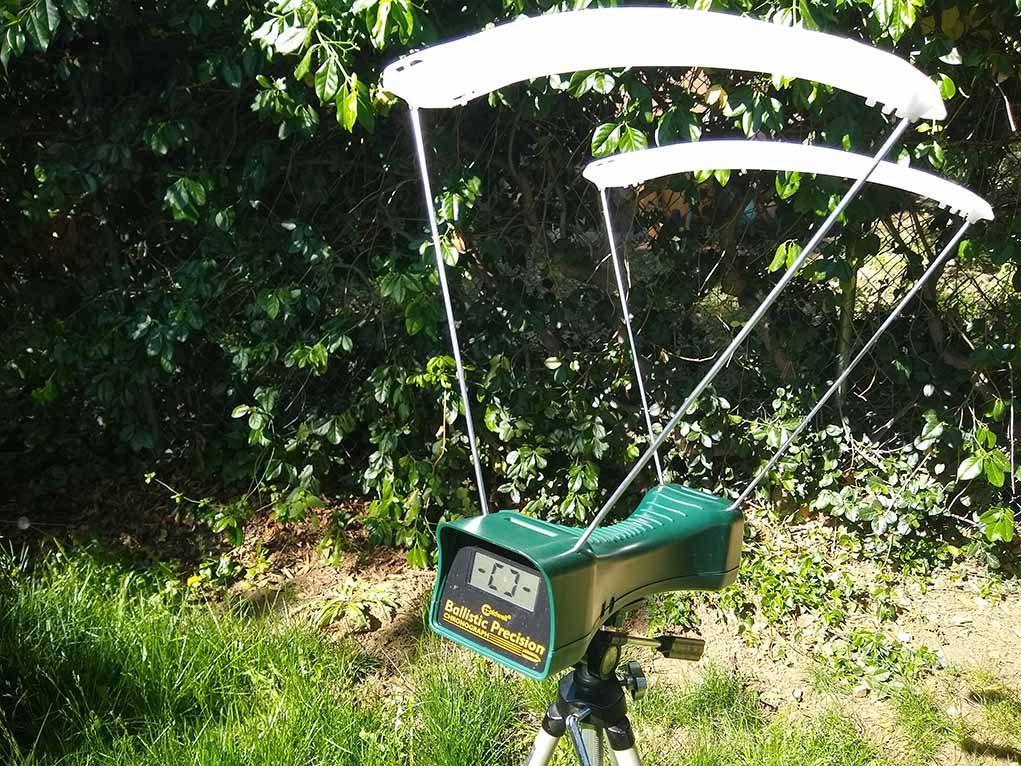
That said, I won’t part with my Caldwell anytime soon. The simple reason is convenience. It’s not uncommon to test several different guns and loads in one shooting session. With my optical chronograph, it’s simply a matter of switching guns, whereas the MagnetoSpeed involves a process of dismounting and remounting over and over again.
Absolutely, there’s the matter of having the right conditions to ensure the best possible readings with the Caldwell. Dark and windy days can turn out a wash. However, on a bright afternoon—perfect for shooting—the Ballistic Precision offers me the opportunity to, well, shoot.
Parting Shot
No matter your range, you need to have a complete picture of your variables. Chief among them is velocity. And there’s only one true way to get a handle on this for your particular circumstances: a chronograph. On the surface, the device might seem a luxury, but the picture it paints for your given guns and ammunition proves more than practical.
And it’s a near guarantee that once you start using one, it’ll never gather dust.
The article originally appeared in the 2019 Long Range issue of Gun Digest the Magazine.

Next Step: Get your FREE Printable Target Pack
Enhance your shooting precision with our 62 MOA Targets, perfect for rifles and handguns. Crafted in collaboration with Storm Tactical for accuracy and versatility.
Subscribe to the Gun Digest email newsletter and get your downloadable target pack sent straight to your inbox. Stay updated with the latest firearms info in the industry.

![Best Concealed Carry Guns In 2025 [Field Tested] Wilson Combat EDC X9S 1](https://gundigest.com/wp-content/uploads/Wilson-Combat-EDC-X9S-1-324x160.jpg)


![Best 9mm Carbine: Affordable PCCs [Tested] Ruger Carbine Shooting](https://gundigest.com/wp-content/uploads/Ruger-Carbine-Shooting-100x70.jpg)
![Best AR-15: Top Options Available Today [Field Tested] Harrington and Richardson PSA XM177E2 feature](https://gundigest.com/wp-content/uploads/Harrington-and-Richardson-PSA-XM177E2-feature-100x70.jpg)
